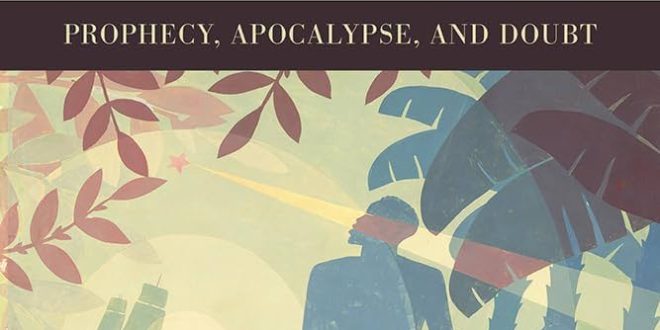James Baldwin. The name itself conjures up a whirlwind of thoughts, doesn’t it? A writer, an activist, a Black man, a gay man, an American expatriate… He wasn’t just one thing; he was a mosaic. A complex, brilliant, and often tormented soul navigating a world that wasn’t always ready for him. So, how did all these different facets of his identity shape the man and the writer we know today? It’s a question worth exploring, isn’t it? Let’s dive in.
The Weight of Blackness in a White World
Early Encounters with Racism and Segregation
Imagine growing up Black in 1930s Harlem. Not exactly a picnic, right? Baldwin’s childhood was steeped in the realities of racism and segregation. He faced discrimination daily, and his relationship with his stepfather, David Baldwin, was… complicated. Strict, religious, and often harsh, David’s influence loomed large, but so did the injustice Baldwin witnessed all around him. These early experiences weren’t just formative; they were fuel. Fuel for the fire that would rage in his writing, demanding change and understanding.
The Power of the Black Church
Before he was a literary icon, Baldwin was a preacher. Yep, you heard that right! He found solace, community, and a powerful platform in the Black church. It was there that he honed his oratory skills, learned the power of language, and witnessed the strength and resilience of his community. The rhythms of gospel music, the fire-and-brimstone sermons – they all seeped into his soul and later emerged in the lyrical prose that would become his trademark. It’s kinda wild to think about, isn’t it? This young preacher becoming one of the most important voices of the 20th century.
Expatriation as a Form of Resistance
Paris in the late 1940s. A haven for artists, writers, and anyone seeking a fresh start. For Baldwin, it was a lifeline. He fled America, not because he hated it, but because he loved it enough to want it to be better. Living abroad gave him the distance to see American racism with new eyes. It allowed him to breathe, to explore his identity free from the suffocating constraints of Jim Crow. Some might call it escapism, but I see it as an act of defiance. A way of saying, “I refuse to be defined by your limitations.” Don’t you think?
Sexuality and the Struggle for Acceptance
Navigating Homosexuality in a Heteronormative Society
Being a gay man in mid-20th century America? Talk about walking a tightrope! Baldwin lived in a time when homosexuality was not only stigmatized but criminalized. He navigated a world that demanded he hide a fundamental part of himself. While he wasn’t always an explicit advocate for LGBTQ+ rights – things were different then, okay? – his life and his work spoke volumes. He challenged conventional notions of masculinity and dared to write about love and desire between men with honesty and vulnerability. That took guts.
The Role of Love and Desire in His Writing
For Baldwin, love wasn’t just a feeling; it was a battlefield. He explored the complexities of human connection in all its messy, beautiful, and often painful forms. His characters grapple with desire, betrayal, and the yearning for acceptance. He wasn’t afraid to delve into the uncomfortable truths about love, regardless of gender or race. Think about Giovanni’s Room; it’s all right there, isn’t it? A testament to his fearless exploration of the human heart.
Breaking Down Gender Norms
Baldwin wasn’t afraid to play with gender. He challenged traditional roles and expectations in his writing, creating characters who defied easy categorization. There’s a fluidity, a questioning of what it means to be a man or a woman, that permeates his work. He understood that identity is a spectrum, not a set of rigid boxes. And isn’t that something we’re still grappling with today?
The Artist as a Social Critic
Using Literature as a Weapon
Baldwin wielded words like a sword. He didn’t just write stories; he wrote manifestos. His essays, novels, and plays were a direct challenge to social injustice and the hypocrisy of American society. He exposed the deep-seated racism that poisoned the nation’s soul and held a mirror up to its ugliness. And people listened. Or, at least, they couldn’t ignore him. That’s for sure.
Engaging with the Civil Rights Movement
Baldwin wasn’t just an observer of the Civil Rights Movement; he was an active participant. He marched, he spoke, he wrote. He forged relationships with leaders like Martin Luther King Jr. and Malcolm X, even though they often held differing views. He understood that the fight for equality required a multifaceted approach, and he used his voice to amplify the movement’s message. It’s fascinating, really, to consider him alongside those giants, isn’t it?
A Legacy of Truth and Reconciliation
Decades after his death, Baldwin’s words still resonate. He left behind a body of work that continues to challenge, inspire, and provoke. His insights on race, sexuality, and social justice are as relevant today as they were during his lifetime. He reminds us that the struggle for equality is far from over and that we must continue to confront uncomfortable truths if we ever hope to build a more just and equitable world. His legacy isn’t just about remembering the past; it’s about shaping the future. It’s about finally hearing what he was trying to tell us all along.
So, there you have it. A glimpse into the multiple existences of James Baldwin. He was a man of contradictions, a man of passion, and a man who dared to speak truth to power. What do you make of it all? What aspects of his life and work resonate most with you? It’s worth pondering, isn’t it? Maybe even picking up one of his books and diving in. You might just find a piece of yourself in his words.
 Cloudabouts
Cloudabouts



